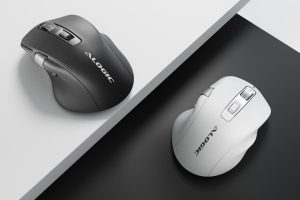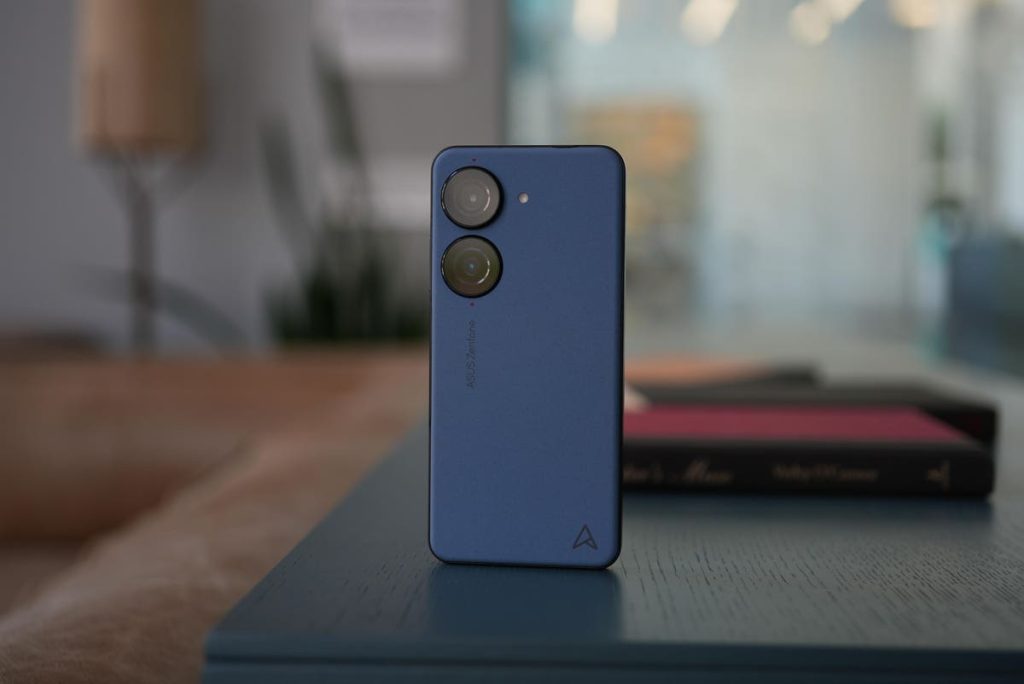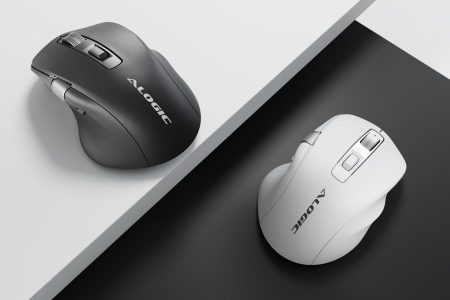Taiwanese electronic giant Asus realized a few years ago that, to stand out in a very crowded market, it’s worth going against industry trends and zig where others zag. That was the mentality behind the sudden downsizing of the Zenfone series, going from a 6.6-inch screen in the 7th generation model to 5.9-inches in the Zenfone 8. Phone screen sizes across the industry had gotten bigger and bigger, and Asus saw value in going in the other direction.
That gamble has apparently paid off, because the new Zenfone 10 brings back the same 5.9-inch screen size for a third year running, and Asus reps say they have seen real demand from consumers for a small flagship phone.
I, however, am a big screen person. I consumer media and type too many words to not use a big screen, but I can respect and appreciate what Asus is doing here with the Zenfone 10. And for the small but vocal minority group who yearn for small flagship phone, Asus is just about the only game in town.
The Zenfone 10 goes on sale in Taiwan and Europe soon for about the equivalent of $810, the phone will also hit the U.S. market in coming weeks.
Design and hardware
The Zenfone 10 brings back almost the same design first introduced with the Zenfone 9, but I’m fine with it because it’s a great design. A 5.9-inch flag 144Hz OLED screen wrapped by a metallic frame with a sandstone-like back that provides grippy texture. Its 172g weight and 68.1mm x 146.mm x 9.4mm dimensions make for a compact phone that most adults should be able to hold with one hand easily. Asus says its mobile team have done research and noticed the 70mm screen width (from left to right) is about the widest the average human thumb can reach horizontally comfortably, so its engineers mandated the screen width must be under 70mm.
I can vouch that my thumb can, indeed, reach all the way across to touch the other edge of the screen without doing what I would call “hand gymnastics,” which is the act of re-adjusting my grip, stretch my palm and fingers as wide as possible. This is a motion that most iPhone user do whenever they have to trigger the Control Center.
But anyway, the Zenfone 10 is a compact phone that packs plenty of power. The 144Hz screen refresh rate is higher than most phones on the market, and its main camera is supported by a six-axis gimbal system. If you look closely at the camera as you move the phone, you can see the camera lens shift around, because it’s “floating” inside the module. Inside the phone is a Qualcomm Snapdragon 8 Gen 2 chip that’s the most powerful chip in Android, with up to 16GB of RAM and 512GB of storage. The memory standards are the latest of course: UFS 4.0 and LPDDR5X.
There’s also a 4,300 mAh battery which is very impressive given the small size of the phone. Asus did some ingenious hardware engineering to allow for such a large battery, including making the phone corner curvature as subtle as possible without leaving the phone feeling uncomfortably blocky/pointy like Samsung’s Ultra phones. And subtle hardware flourishes like the SIM tray actually curving around the corners add a sense of premium construction.
Optics
The camera system remains almost identical to last year: there’s a 50MP main camera, with a 1/1.56-inch image sensor size, f/1.9 aperture built on a miniature gimbal stabilization system. This main camera is flanked by a secondary ultra-wide camera, and there’s also a 32MP front-facing selfie camera.
Camera performance is solid to good, but nowhere near the best in the industry. The gimbal system does work in smoothing out jitters when you’re walking and filming, or when you’re panning very fast. But the improvements over a traditional smartphone’s OIS (optical image stabilization) are subtle. The Zenfone 10 videos are more fluid, but you really have to look for it. Still, I wouldn’t hold it against Asus too much because it’s not like this phone is priced up to account for the gimbal. The way I see it, the gimbal is an added bonus.
Image quality with the main and front-facing cameras are good, with slightly inconsistent color science. The ultra-wide, however, is below par. The field of view is too narrow, and image quality falls off a cliff at night. I’d grade the Zenfone 10 camera system a B among phones in its price range. If I remove any qualifiers and just grade this across all smartphone cameras right now, then it’s closer to a C+. There are phones with larger image sensors, much better zoom, etc.
Software
If we continue this grading theme, the Zenfone 10’s software gets an A+. It’s running Android 13, but with Asus’ ZenUI on top, and it’s one of the best Android skins around. It looks clean and minimal on the surface, but dig deeper and you’ll notice it’s the one of the two two most customizable Android skins right now, alongside ZTE’s. There is an overwhelming number of shortcut gestures to trigger an action, from swiping on the power button to bring down the notification shade, to tapping the back of the phone to launch an app. You can even shake the phone to turn on flashlight. If you find these gestures gimmicky, you can turn them off and not be bothered. Extreme customization can be overwhelming, but for power users such as myself, I love it.
Overall performance with the Zenfone 10 is great: battery life is respectable for a device this small—it isn’t going to last me all day on weekends when I am out 12-14 hours continuously, but on weekdays when I am at a desk for most of the afternoon, the phone can make it to end of day with juice left. The phone supporting both wired and wireless charging is a bonus.
The Snapdragon chip here is powerful and efficient, and Asus’ thermals are also impressive for a small phone, I rarely found the phone run too hot the way some other phones could.
The Zenfone 10 is easily the best small phone right now, but then that doesn’t say much because it’s also one of the very few small phones. Asus pivoting to this direction and having an entire segment of the market to itself was a wise move.
Read the full article here










